A sculptural coffee house by Mizzi Studio lands in London's Hyde Park
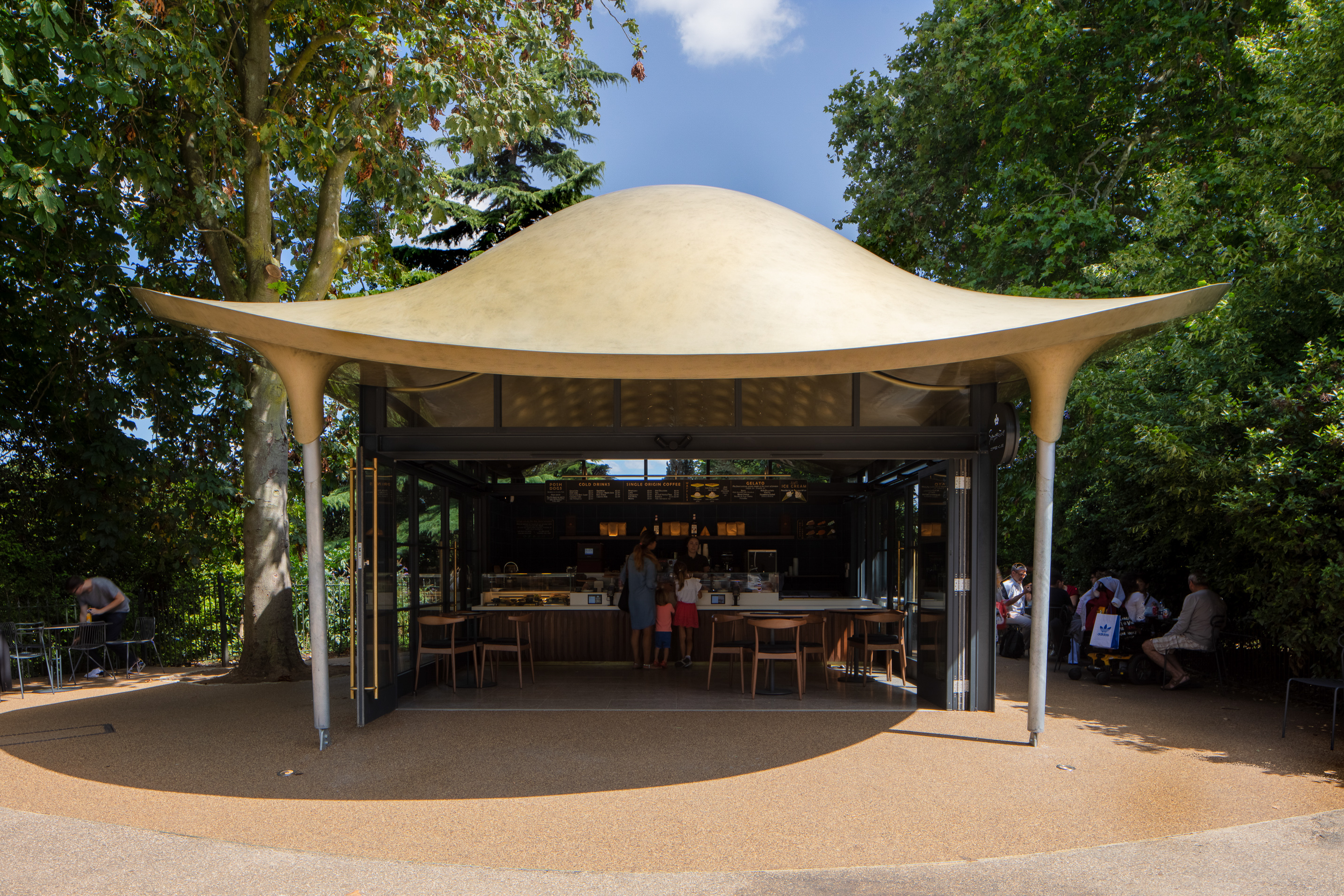
A good drink is obviously a key draw when in search of a place to rest and grab a coffee during a park walk; but great architecture comes a close second, with design acting as a beacon that attracts visitors, enhancing their experience and sense of recharging. In Hyde Park's latest coffee house, guests can now get both these things for the price of one, courtesy of emerging London and Malta based practice Mizzi Studio.
The compact building replaced a small kiosk on site and is part of a series of highly architectural coffee spots that Royal Parks are rolling out across Kensington Gardens and Hyde Park. The whole scheme comprises some 10 structures, all designed by the young studio, which is headed by architect Jonathan Mizzi.
‘Like a serpent that comes out of the lake, a smiling stingray'
‘The parks exist to enrich the life of the visitors', he says. ‘The kiosks may be small, but they provide a very important service. This was an opportunity for the parks to transform their identity and really enrich the visitor experience'.
The new coffee house is different to the kiosks, primarily because of its size, but also due to its distinctive approach in terms of shapes, methods and materials. ‘[The structures] all share a genetic make up, but each one is a little different', says Mizzi. The studio's approach is inspired by both modern and traditional techniques. ‘We found our voice in fusing the digital with the physical and the human element', he explains.
RELATED STORY

So, the coffee house design mixes influences from both context and the digital architecture world, as well as engineering advances. The structure was conceived like a ‘serpent that comes out of the lake, a smiling stingray', says Mizzi, who put together an impressive, curvaceous brass roof (‘it's a regal but earthy colour', the architect points out) and a glass box underneath. At the same time, looking up makes you think of a ‘reptilian underbelly', explains Mizzi.
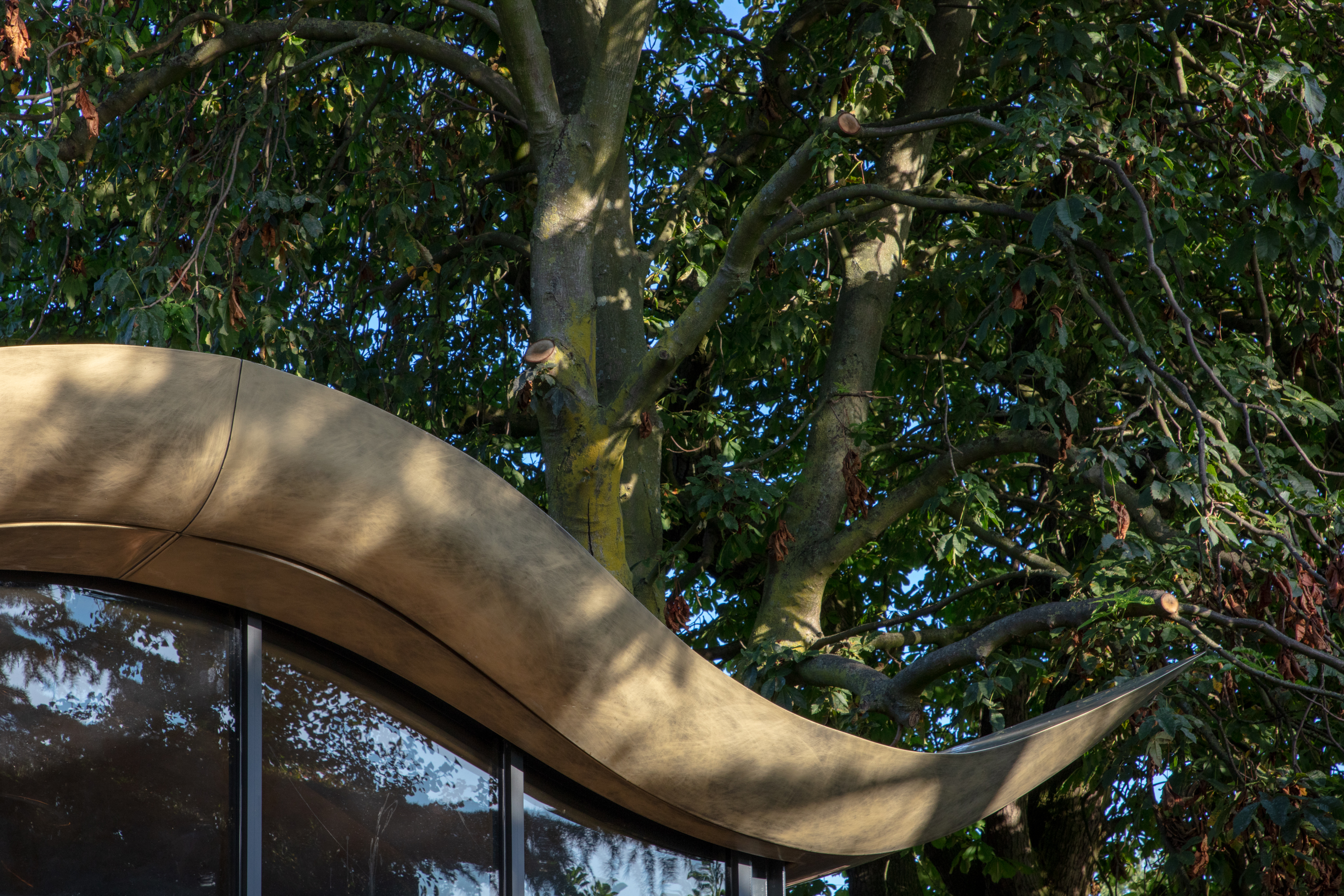
The use of the right materials was very important for Mizzi to get the effect he desired, and the team combined glass, terrazzo floors, blue tiles and metal, with roof milled out of one piece of foam in CNC and laminated in carbon fibre. The brass effect is subtly polished and hand patinated to perfection. Connecting with a lived-in, human and tactile element was key for the team, when creating a structure among nature.
One more kiosk is due to launch in Hyde Park this autumn completing Mizzi and his client's vision for this sequence of functional mini-structures, aiming to enrich the park-goers' visitor experience through design; while offering some top quality coffee to boot.
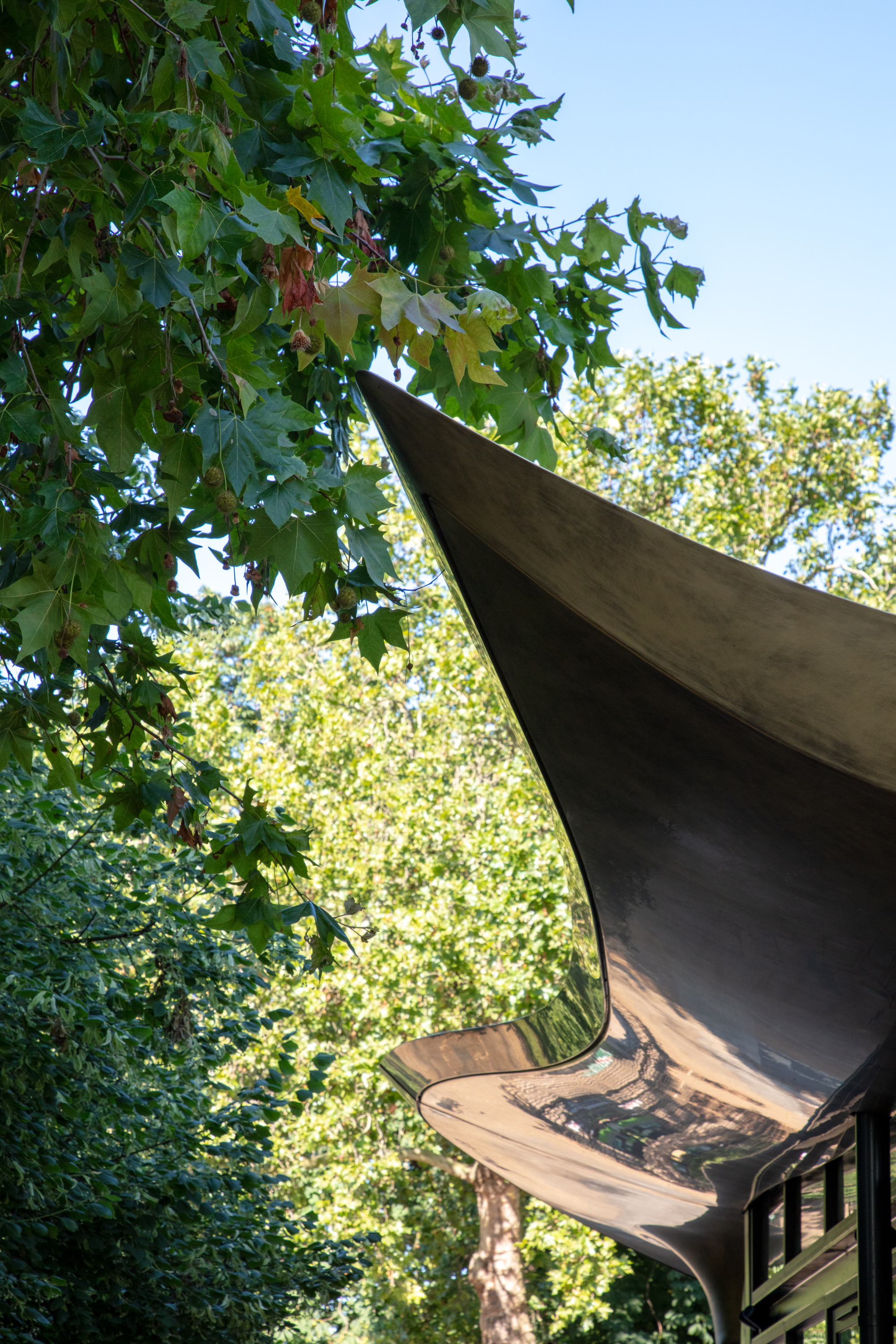
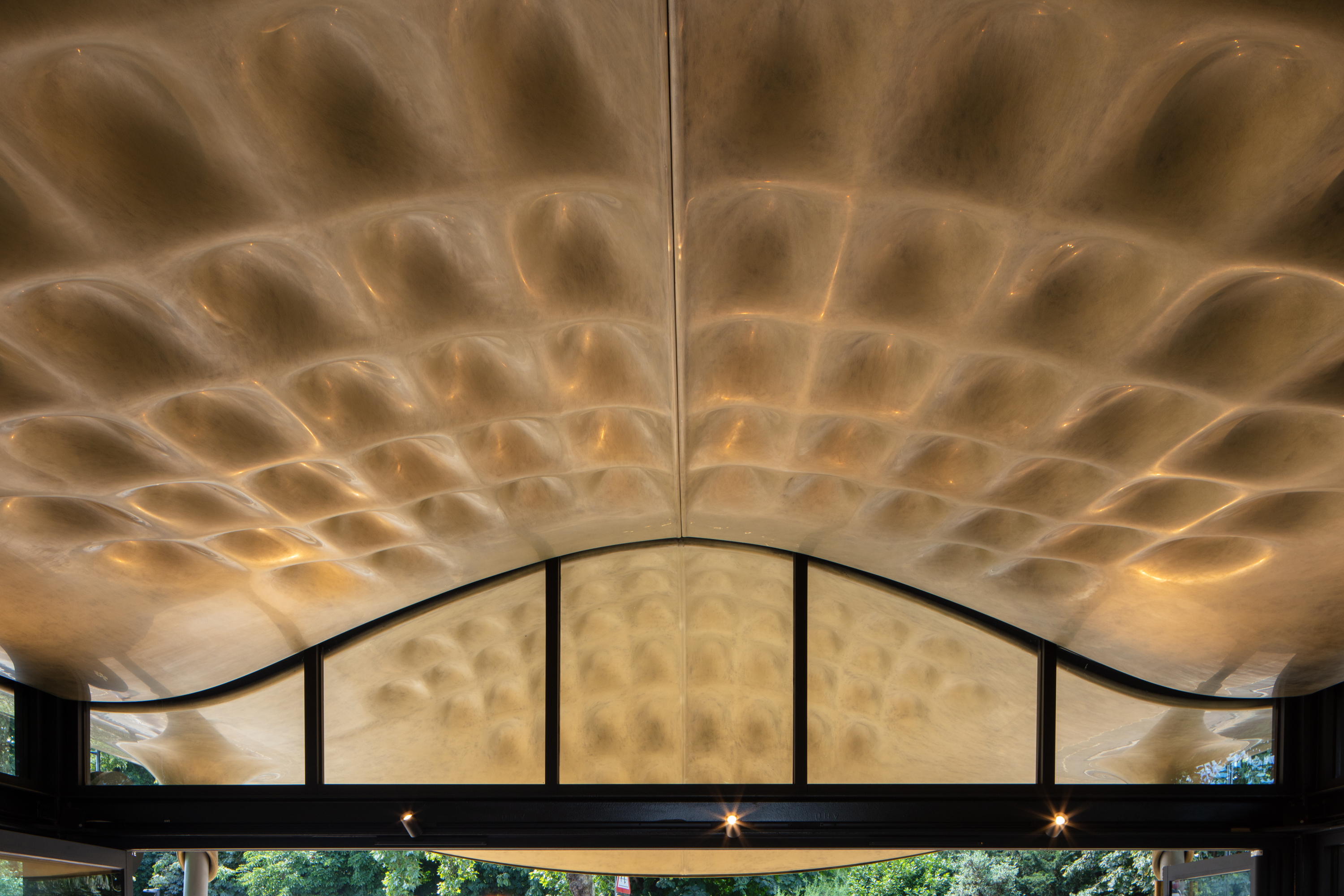
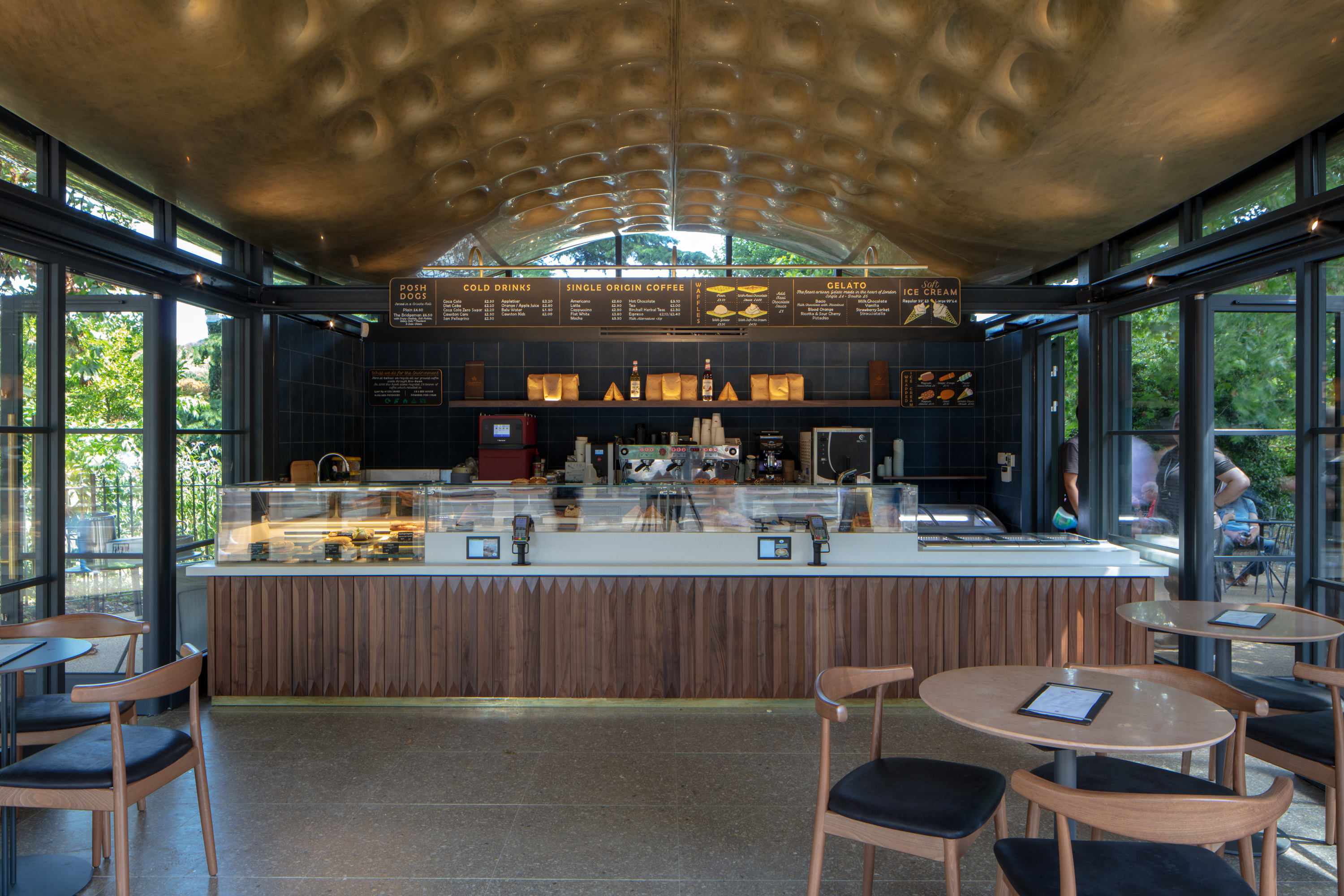
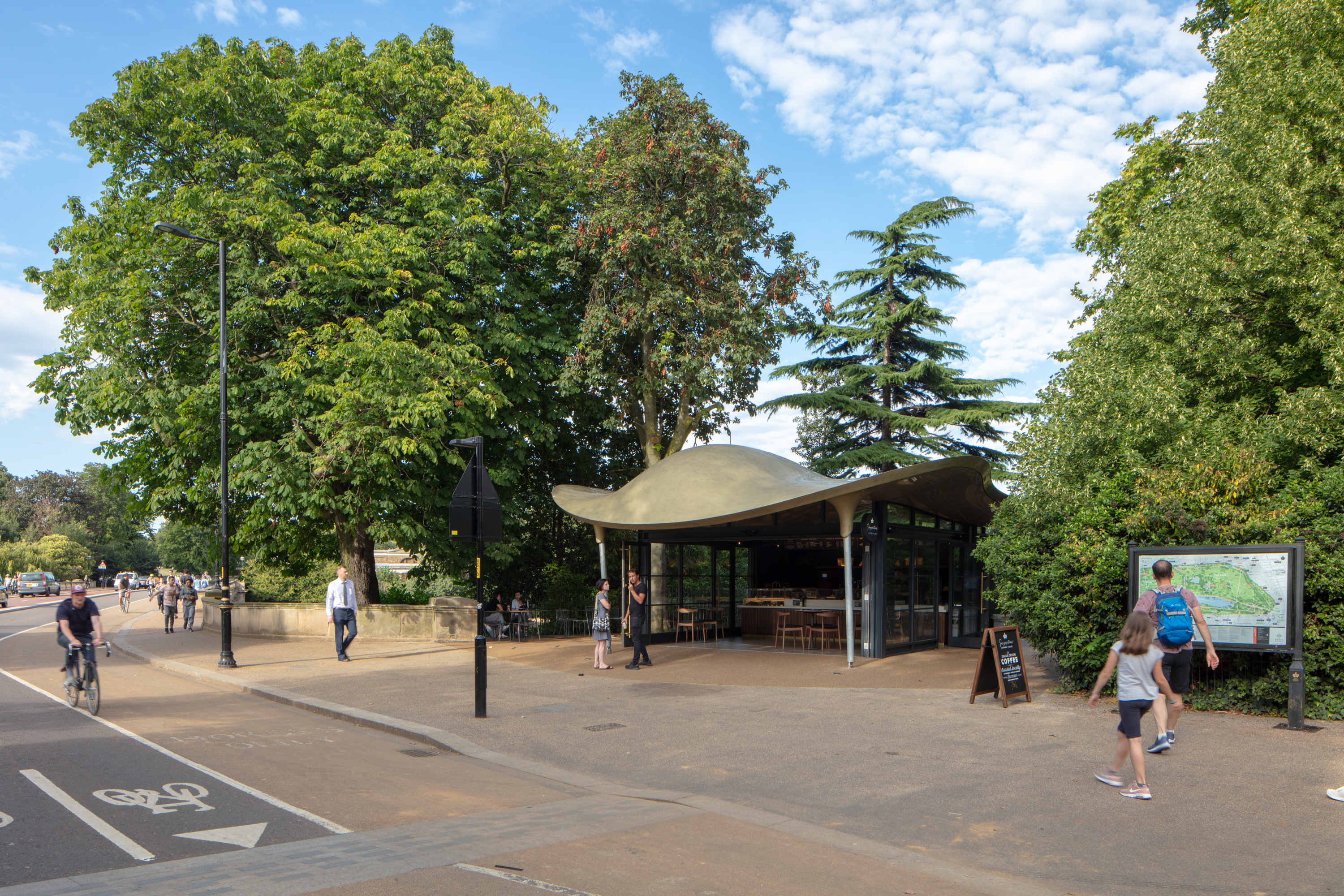
INFORMATION
Receive our daily digest of inspiration, escapism and design stories from around the world direct to your inbox.
Ellie Stathaki is the Architecture & Environment Director at Wallpaper*. She trained as an architect at the Aristotle University of Thessaloniki in Greece and studied architectural history at the Bartlett in London. Now an established journalist, she has been a member of the Wallpaper* team since 2006, visiting buildings across the globe and interviewing leading architects such as Tadao Ando and Rem Koolhaas. Ellie has also taken part in judging panels, moderated events, curated shows and contributed in books, such as The Contemporary House (Thames & Hudson, 2018), Glenn Sestig Architecture Diary (2020) and House London (2022).
-
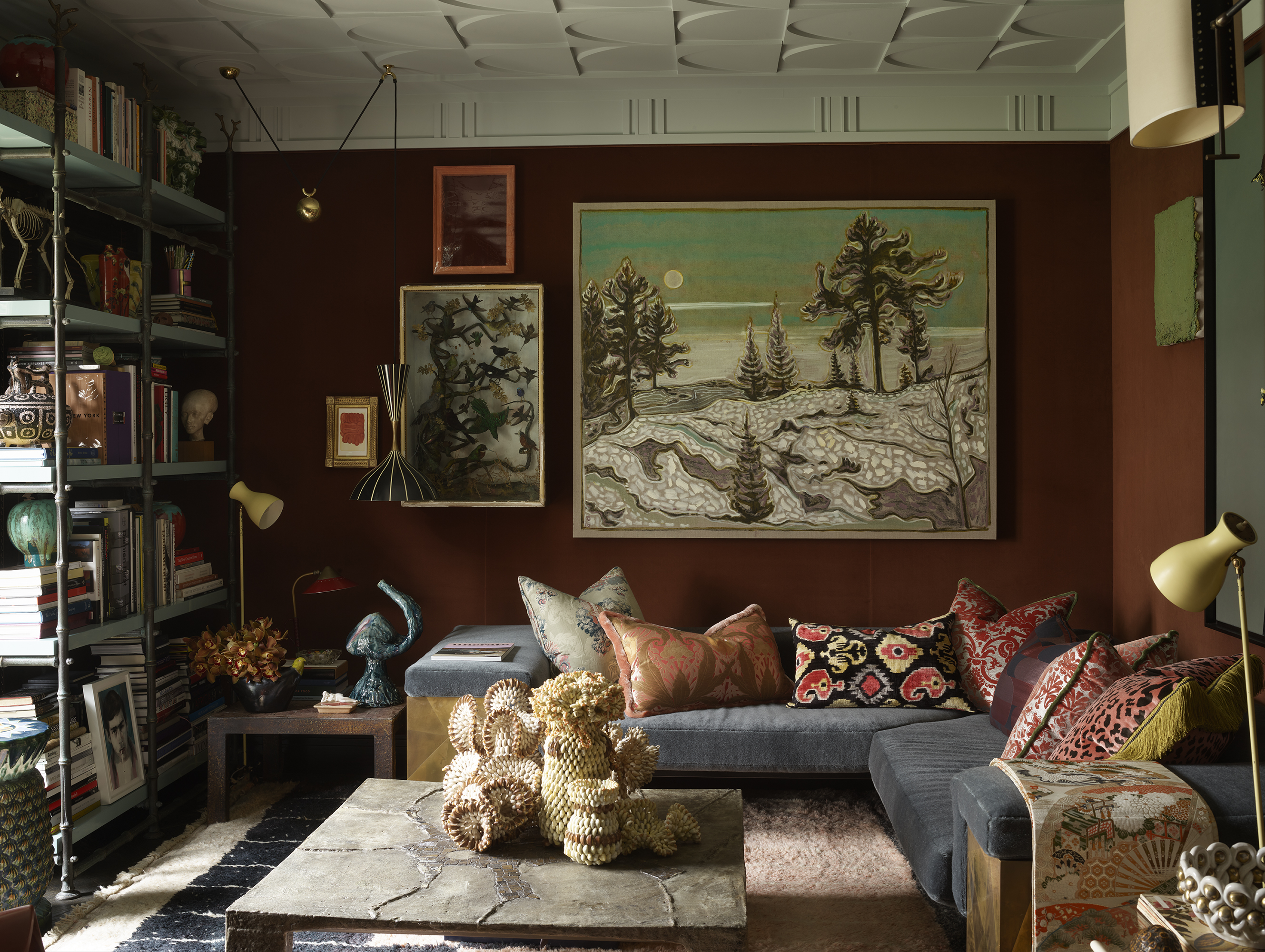 This designer’s Shoreditch apartment is ‘part grotto, part cabinet of curiosities’
This designer’s Shoreditch apartment is ‘part grotto, part cabinet of curiosities’The apartment serves as Hubert Zandberg’s ‘home away from home’, as well as a creative laboratory for his design practice. The result is a layered, eclectic interior infused with his personality
-
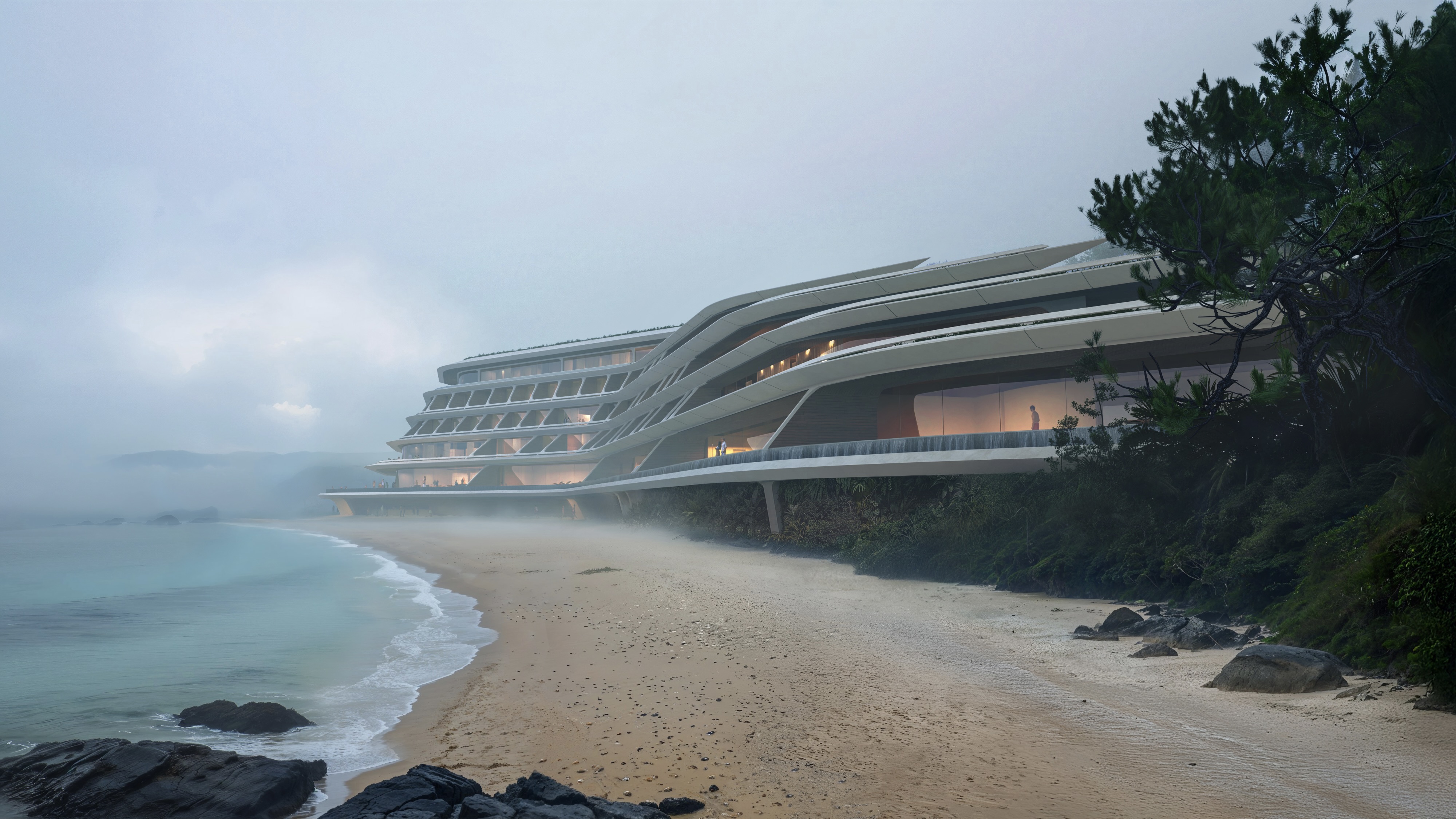 Curvilinear futurism meets subtropical beaches at Not A Hotel’s ZHA-designed Okinawa retreat
Curvilinear futurism meets subtropical beaches at Not A Hotel’s ZHA-designed Okinawa retreatZaha Hadid Architects has revealed the design for the first property in Not A Hotel’s futuristic new Vertex collection, coming soon to southern Japan
-
 Gorden Wagener leaves the helm of Mercedes-Benz design after 28 years with the company
Gorden Wagener leaves the helm of Mercedes-Benz design after 28 years with the companyThe German designer is stepping down from the role of chief design officer at Mercedes-Benz. We look back at his influence and impact on the world of automotive and luxury design
-
 Arbour House is a north London home that lies low but punches high
Arbour House is a north London home that lies low but punches highArbour House by Andrei Saltykov is a low-lying Crouch End home with a striking roof structure that sets it apart
-
 A former agricultural building is transformed into a minimal rural home by Bindloss Dawes
A former agricultural building is transformed into a minimal rural home by Bindloss DawesZero-carbon design meets adaptive re-use in the Tractor Shed, a stripped-back house in a country village by Somerset architects Bindloss Dawes
-
 RIBA House of the Year 2025 is a ‘rare mixture of sensitivity and boldness’
RIBA House of the Year 2025 is a ‘rare mixture of sensitivity and boldness’Topping the list of seven shortlisted homes, Izat Arundell’s Hebridean self-build – named Caochan na Creige – is announced as the RIBA House of the Year 2025
-
 In addition to brutalist buildings, Alison Smithson designed some of the most creative Christmas cards we've seen
In addition to brutalist buildings, Alison Smithson designed some of the most creative Christmas cards we've seenThe architect’s collection of season’s greetings is on show at the Roca London Gallery, just in time for the holidays
-
 In South Wales, a remote coastal farmhouse flaunts its modern revamp, primed for hosting
In South Wales, a remote coastal farmhouse flaunts its modern revamp, primed for hostingA farmhouse perched on the Gower Peninsula, Delfyd Farm reveals its ground-floor refresh by architecture studio Rural Office, which created a cosy home with breathtaking views
-
 A revived public space in Aberdeen is named Scotland’s building of the year
A revived public space in Aberdeen is named Scotland’s building of the yearAberdeen's Union Terrace Gardens by Stallan-Brand Architecture + Design and LDA Design wins the 2025 Andrew Doolan Best Building in Scotland Award
-
 The Architecture Edit: Wallpaper’s houses of the month
The Architecture Edit: Wallpaper’s houses of the monthFrom wineries-turned-music studios to fire-resistant holiday homes, these are the properties that have most impressed the Wallpaper* editors this month
-
 A refreshed 1950s apartment in East London allows for moments of discovery
A refreshed 1950s apartment in East London allows for moments of discoveryWith this 1950s apartment redesign, London-based architects Studio Naama wanted to create a residence which reflects the fun and individual nature of the clients